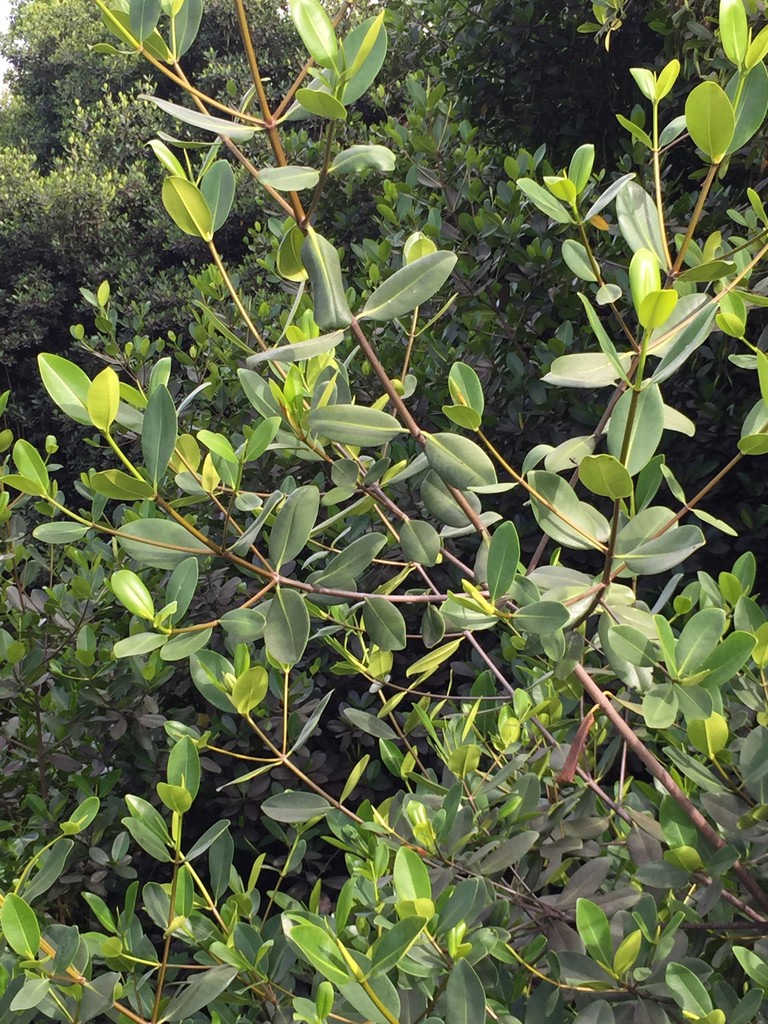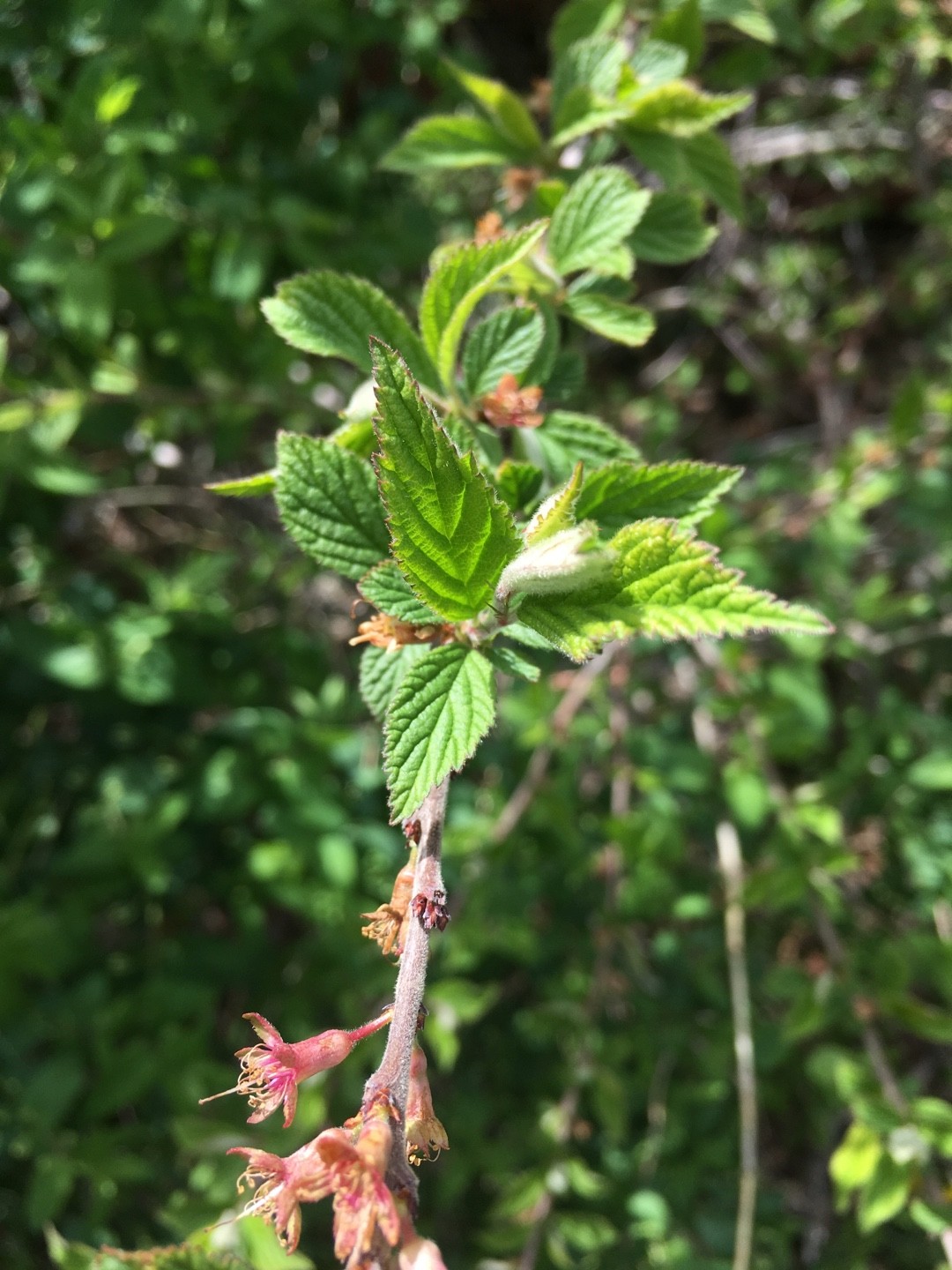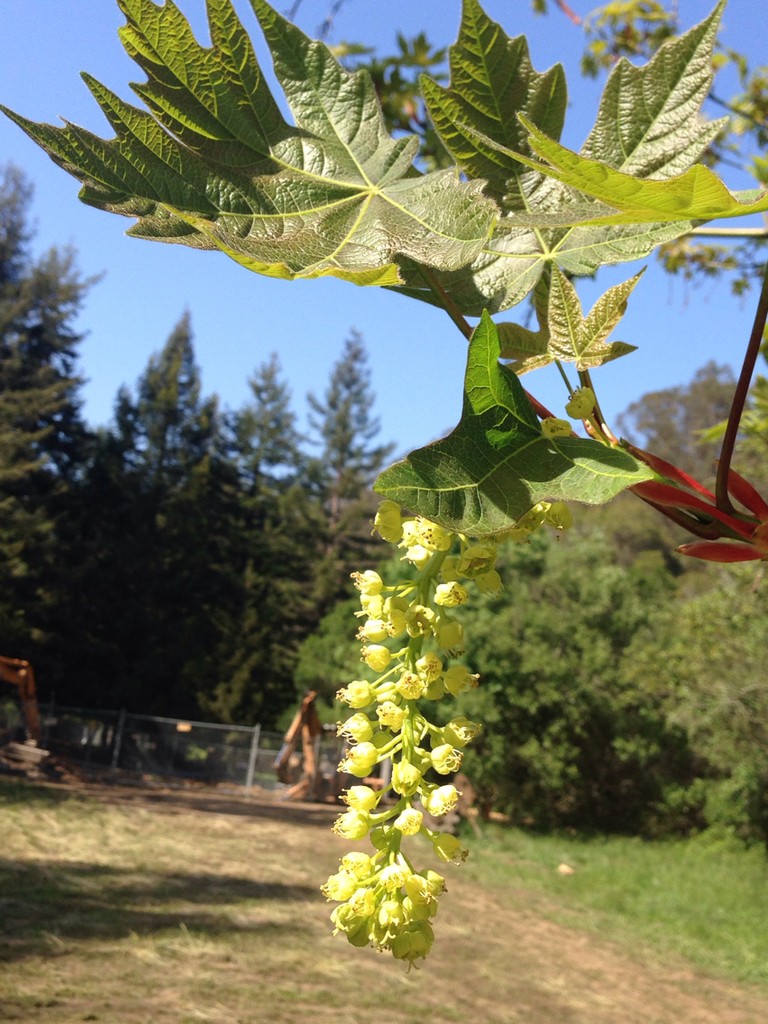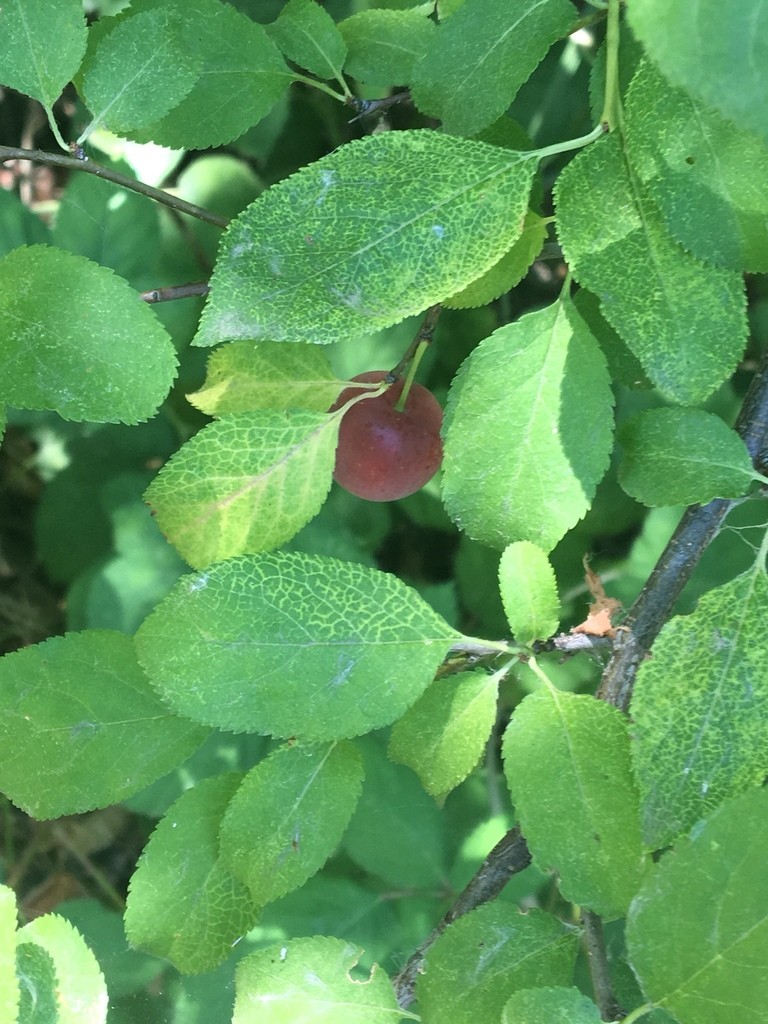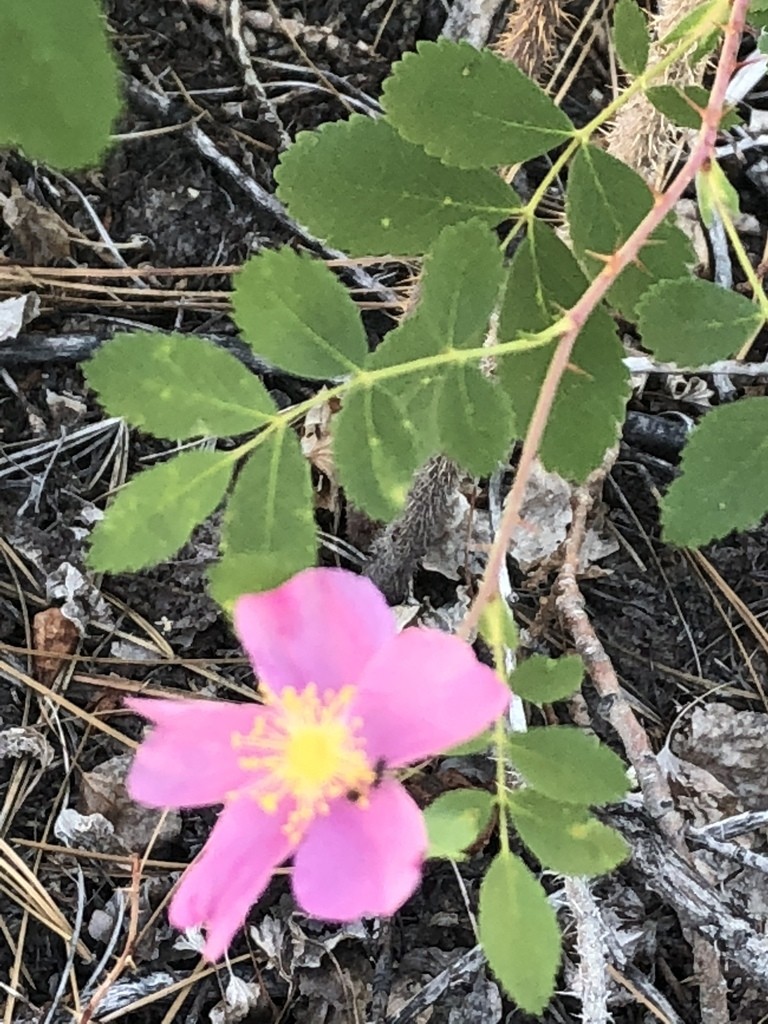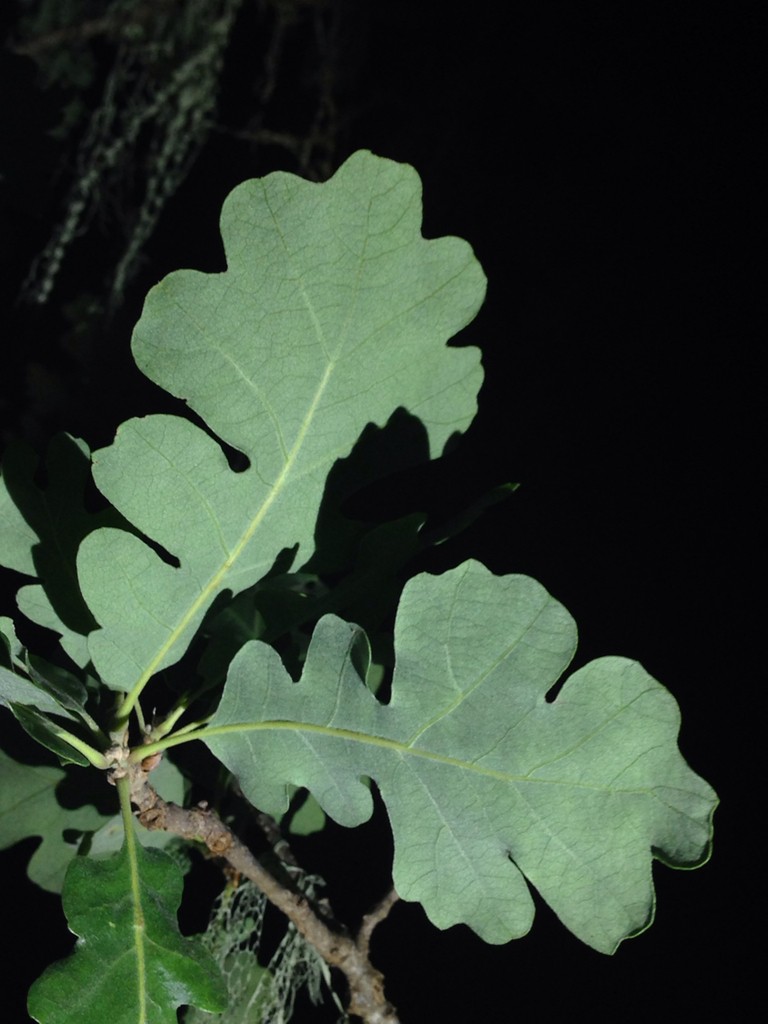Odontostemma
Odontostemma are scarcely known and understudied flowering plants with a limited geographic range. Their scientific name "Odontostemma" comes from two Greek words - 'odont' meaning 'tooth', and 'stemma', meaning 'wreath' or 'garland'. They can be distinguished from related plants by discrete botanical characteristics: two or rarely three styles in a flower, sepals that curve outward on their distant end, and seeds with inflated coats, lacking striations. Odontostemma have no known practical use in gardening, medicine, or other human activities.





















































